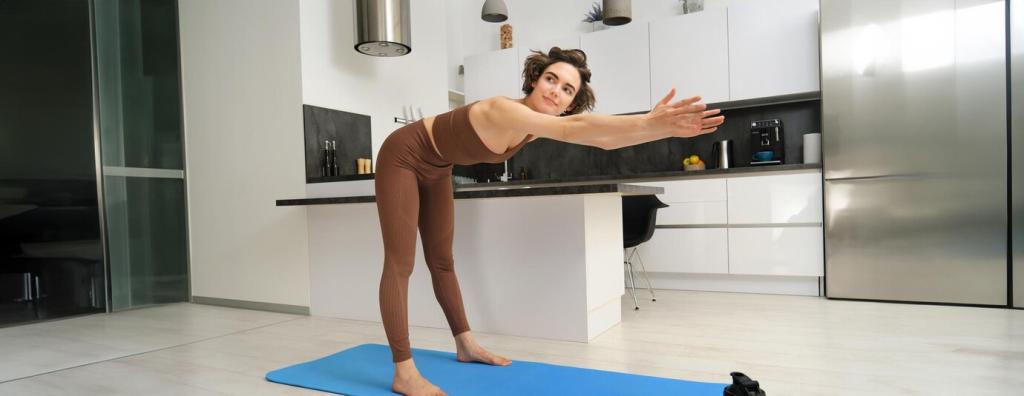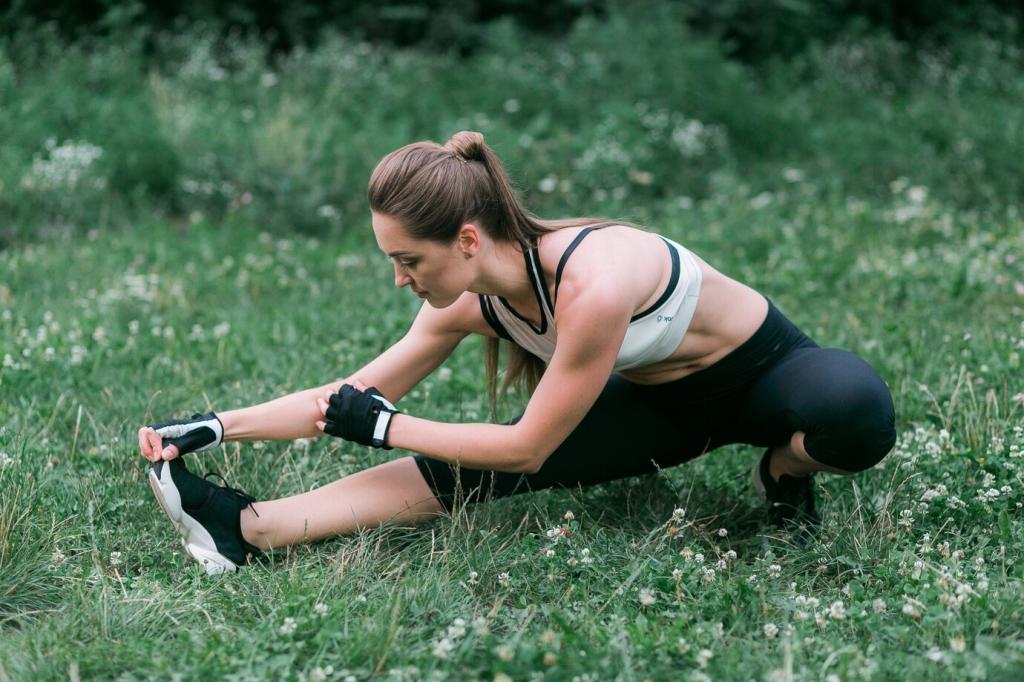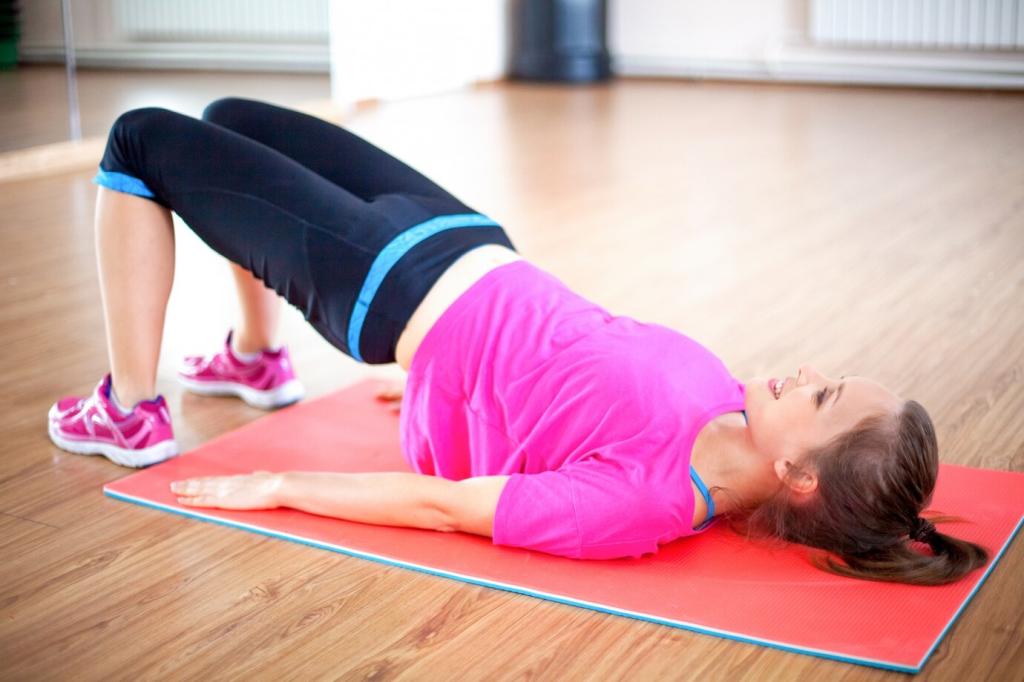
How to Track Progress in Your Home Fitness Routine
Chosen theme: How to Track Progress in Home Fitness Routine. Turn invisible effort into visible wins using simple metrics, repeatable tests, and encouraging check-ins you can actually stick with. Subscribe for weekly trackers, join our accountability circle, and let your numbers tell a motivating story.
Performance Metrics You Can Control
Track sets, reps, load, tempo, and rest every session. Add total training volume for the week and note the Rate of Perceived Exertion. These numbers reveal whether you are safely pushing, maintaining, or undertraining at home.
Body Composition Without Fancy Equipment
Use a tape measure on the same day, time, and conditions each week. Capture waist, hips, thighs, and arms. Combine with trend weight and consistent progress photos to see changes scale numbers might hide.
Cardio Capacity and Recovery Signals
Time a fixed bodyweight circuit and record how long it takes as weeks pass. Track heart rate recovery after one minute of rest. Note breath control using the talk test to sense growing cardiac efficiency.



Home Testing Protocols You Can Trust
Use AMRAP push-ups, goblet squats, and inverted rows with strict form and a set tempo. Record total reps before form breaks. Over time, watch reps rise or tempo slow to the same reps, both signaling strength gains.
Home Testing Protocols You Can Trust
Time your forearm plank, side planks, and hollow holds. Add an overhead wall squat and sit-and-reach test. Log seconds held and range achieved to detect small improvements your mirror might miss.
Home Testing Protocols You Can Trust
Try a 12-minute step test on a stable platform, counting total up-down cycles. Alternatively, record a fixed number of burpees and time to completion. Retest every four weeks to see conditioning climb steadily.
Wearables and Data, Used Wisely
01
Resting Heart Rate and HRV Trends
Measure resting heart rate upon waking and review seven-day averages. Track HRV if available, focusing on trends instead of daily swings. Use these alongside how you feel to decide when to push or pull back.
02
VO2max Estimates, Steps, and Training Load
Lean on your watch’s VO2max estimate as a directional indicator, not a verdict. Pair it with daily step counts and training load scores. Consistent rises across these markers typically mirror meaningful fitness progress.
03
Boundaries That Prevent Data Overwhelm
Pick three primary metrics and one supportive note, maximum. Review weekly, not hourly. If a metric never changes your decisions, drop it. Simplicity keeps you focused on training rather than chasing dashboards.
Use the same lighting, distance, and poses each month. Front, side, and back in neutral posture. Store photos in a locked album and compare side by side. Subtle posture and muscle tone changes become unmistakable.
Photos, Feelings, and Non‑Scale Victories
Record a quick one-to-five for mood, energy, and soreness after each session. Pair with RPE to notice patterns. Improved energy at the same workload often signals progress even before numbers jump.
Photos, Feelings, and Non‑Scale Victories
Plateaus, Adjustments, and Celebrations
Increase total weekly volume by five to ten percent, or add one rep to each set. Alternatively, slow tempo, shorten rest slightly, or improve range of motion. Tiny, safe upgrades compound into impressive gains over months.

